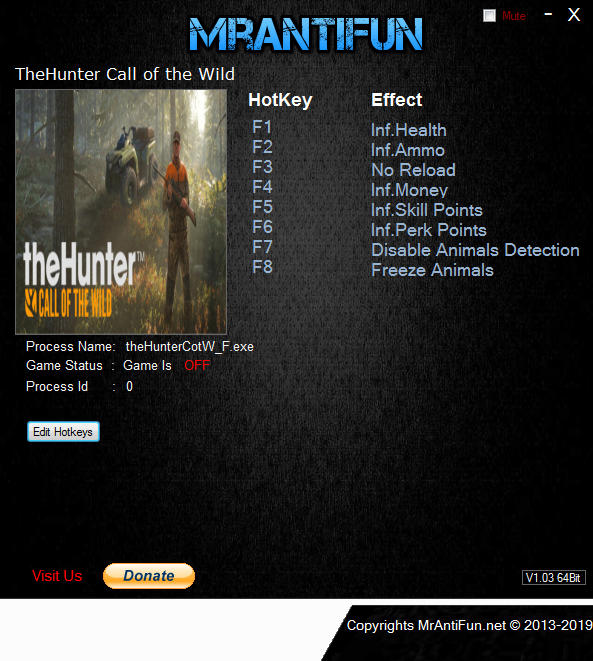
It is always helpful to know where animals congregate on your property to help you make an informed decision on placement. First try purchasing one and systematically moving it around your property a few times a year to capture multiple habitats.Īlternatively, you may be interested in just monitoring areas of high priority or habitat value, such as a pond or bird’s nest. If you have a large property, you do not need to purchase a lot of cameras. Additionally, these cameras can be an added security measure if you are concerned about illegal trespassing on your property. Wildlife cameras can also document the activity of rarely seen wildlife, monitor animals without disturbing them, and scout the presence and movement of game animals. With the help of these cameras, you can develop a cumulative list of the diversity of wildlife species found on your property to supplement the wildlife section of your property’s management plan. There are many fun and educational benefits to placing a wildlife camera on your property. Wildlife cameras can document the activity of rarely seen wildlife.

The “no significant risk” level is defined as the level which is calculated to result in not more than one excess case of cancer in 100,000 individuals exposed over a 70-year lifetime. A warning is not required if the person responsible can show that the exposure poses no significant risk assuming lifetime exposure at the level in question for substances known to the State of California to cause cancer, and that the exposure will have no observable effect assuming exposure at one thousand (1000) times the level in question for substances known to the State to cause reproductive toxicity. Proposition 65 provides that no person in the course of doing business shall knowingly and intentionally expose any individual to a chemical known to the State of California to cause cancer or reproductive toxicity without first giving clear and reasonable warning to such individual. To comply, businesses are: (1) prohibited from knowingly discharging listed chemicals into sources of drinking water and (2) required to provide a “clear and reasonable” warning before knowingly and intentionally exposing anyone to a listed chemical.Īll Primos products are designed and manufactured to be safe when used in the intended manner. A company with ten or more employees that operates within the State of California (or sells products in California) must comply with the requirements of Proposition 65. A chemical can also be listed if it is required to be labeled or identified as a carcinogen or as a reproductive toxicant by an agency of the state or federal government.

Food and Drug Administration, National Institute for Occupational Safety and Health, and International Agency for Research on Cancer.

With respect to reproductive toxicants, the authorities are the U.S. Food and Drug Administration, National Institute for Occupational Safety and Health, the National Toxicology Program, and the International Agency for Research on Cancer are deemed authoritative. A chemical can be listed if it has been classified as a carcinogen or as a reproductive toxicant by an organization deemed “authoritative” on the subject. The list, which must be updated annually, includes a wide variety of chemicals that can be found in dyes, solvents, drugs, food-additives, by-products of certain processes, pesticides and tobacco products. Proposition 65 mandates that the Governor of California maintain and publish a list of chemicals that are known to cause cancer, birth defects and/or other reproductive harm.


 0 kommentar(er)
0 kommentar(er)
